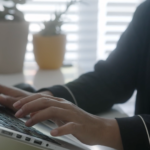It’s safe to say that, like many people in the past few years, our approach to working has changed quite a bit. In a line of work that is often very reliant on groups of people – for roles both behind and in front of the camera – having a remote workforce is probably not something that immediately springs to mind when you think of a film production company.
Yet for the past two years, we’ve operated this way and have found ourselves still able to push innovative, creative ideas out into the world. While it hasn’t always been easy, we’ve gotten pretty good at it, so we thought we’d look behind the curtain and highlight some of the methods we use to keep everything running smoothly.
1.) Communicate
Whether it be Zoom, Teams, Skype, or Google Meet – digital meeting rooms have become common places to spend your time in today’s world, and here at Production Attic, it’s no different. Not only do we pride ourselves on being open and communicative with our clients – which means frequent meetings and emails to discuss ideas, plan productions, and really nail down exactly what the client needs for their film – but we also believe that keeping up contact with each other is very important.
In order to do this, we have regular weekly meetings to discuss projects, goals, and tasks for the week ahead. It gives us a place to ask questions and bounce ideas off of each other. Sometimes the exact thing a project needs is another pair of eyes on it, either to give it a quality check to make sure it’s the best it can be or to problem solve that one issue that could be holding a production back. And, this isn’t just reserved for those of us who operate on the more creative side of things; everyone’s input is equally important as we understand that taking a step back can often allow the full image to come into frame.
2.) Collaborate
However, just talking about a project won’t get it over the line. So when it comes down to the essential part – the actual making of the final product – we have numerous ways to work with our remote team in order to get everything done.
For example, we make frequent use of online services that allow us to come as close as we can to simulating a more office environment. This gives us a place to store data for longer-term projects or a place to privately host our content where we can review it both internally amongst the team, and externally with clients and freelancers. It also means we can work with a team that’s not limited by the geography of having a single central location, allowing us to bring on the best people we can from all over the world.
3.) Coming together.
Of course, there are times when working remotely doesn’t work for us, so we still have an office space and often come together to work on something. For instance, on a typical film shoot, we will usually work in a team of two or more. Having both a producer and a camera operator on set ensures an effective standard of coordination with the client and each other so that we get everything we need from that day’s filming. However, for bigger projects – such as our recent work with Skillshare (Link here) – the crew size will be much bigger, bringing in a combination of in-house talent and freelancers.
The other main reason we come together is to protect our work from unforeseen circumstances. On a weekly basis, we collect backup hard drives from our Glasgow-based editors and back up their work on our central storage system. This ensures that all our data is backed-up and accessible in one central location, just in case something were to happen to the active drives we’re working on. In the future, we aim to optimise this system even further by implementing a central online server that all our editors can access, further streamlining coordination of projects across remote locations.
Of course, the final reason to come together is good old-fashioned team building and events. Like our recent launch event for our new brand Salt or the celebration of Production Attic’s 11th birthday, it’s sometimes nice to just come together. We try to have at least one day a month where we work together in person and get as much of the team in the same room as possible. Because as useful and productive as remote working is, there are some things it can’t replace.










